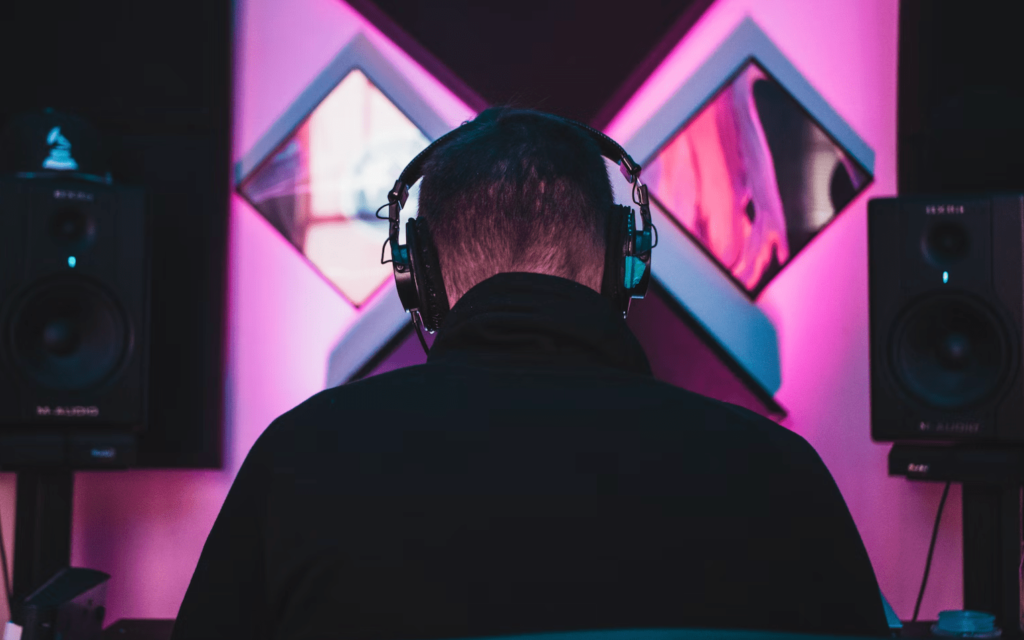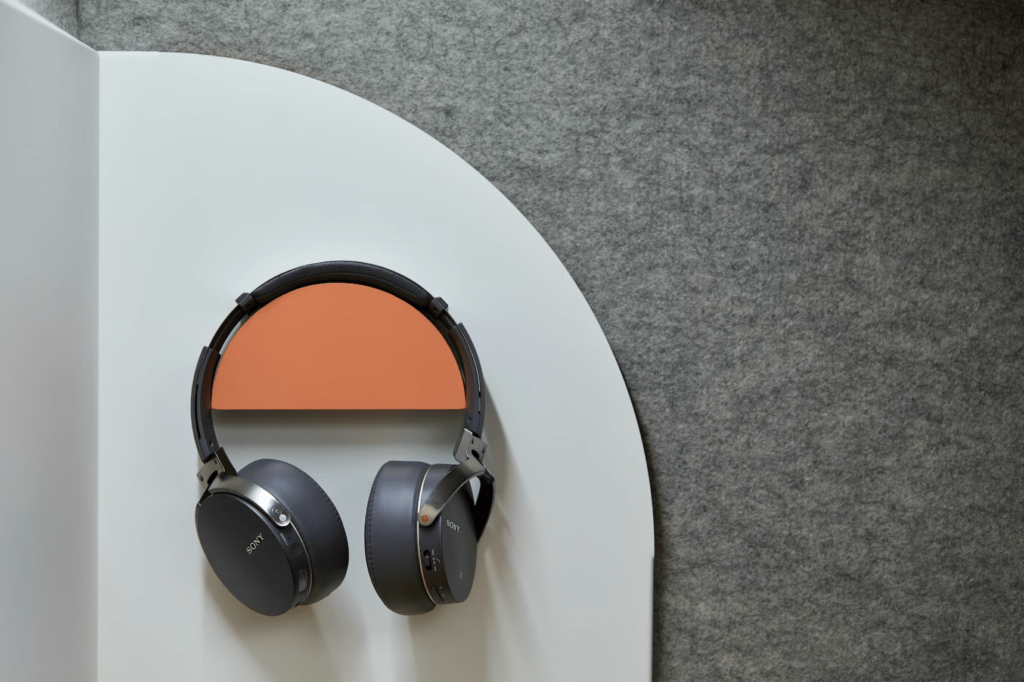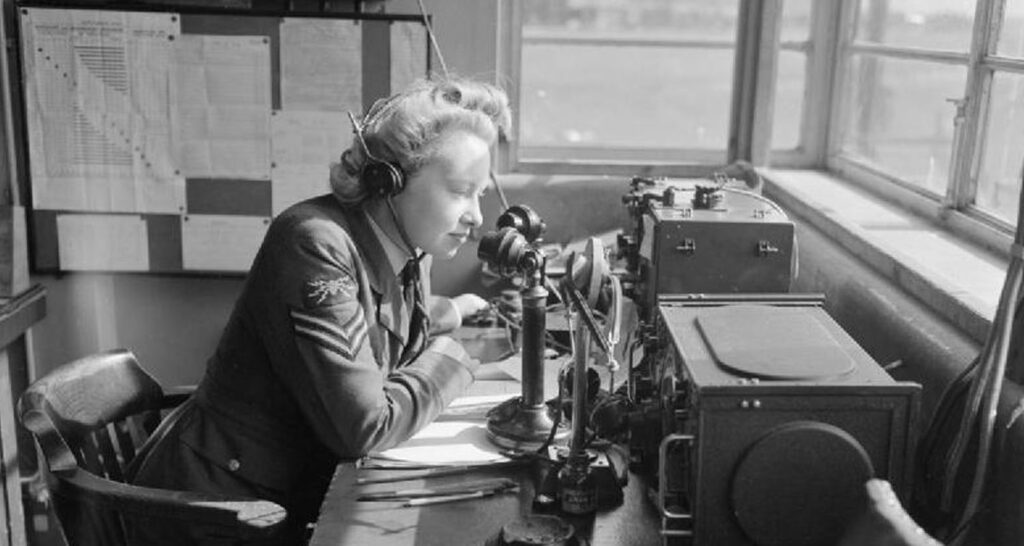Studio headphones are one of the most important tools in music production. They provide a great accurate representation which normal headphones aren’t able to do it. Also, there are many brands and different qualities available in the market that we can consider. But which one is the best? We will provide detailed information to determine the perfect headphones for your need.
Key Feature To Look For in Studio Headphones
Headphones are really important for the audio industry to produce music, and they can make all the difference in achieving a high-quality mix and recording. However, many brands are available in the market, and it must not be easy to decide. So, we are here to guide you and provide the key feature to understand and easy to consider when choosing studio headphones.
1. Monitoring Headphones
Monitoring headphones are designed specifically for the professional producer and are used for critical listening, monitoring of audio recordings, and reproducing sound accurately without adding coloration or artificial enhancements to the sound.
These headphones provide an optimized flat frequency response that delivers natural, balanced sound. They allow a producer to hear every detail of the recording. Furthermore, they are built with high-quality materials such as high-end drivers, strong cables, and super comfortable earcups.
What type of headphones suit for monitoring?
Closed-back headphones

Closed-back headphones are designed to isolate sound and prevent sound leakage and making them a great choice for monitoring in recording in the studio. They are also best for tracking at the lower levels and in any situation that is a concern. Good closed-back headphones make a seal around the ears that keep clicks and backing tracks from leaking into microphones during recording.
Here are the best closed-back headphones for monitoring:
- Audio-Technica ATH-M50x
- Anker Soundcore Life Q30 Wireless
- Moondrop Aria
- AKG K371
- Beyerdynamic DT770 Pro
2. Mixing Headphones
Mixing headphones also play an important role in audio production; they allow you to hear details of the mix more clearly and accurately. Furthermore, they provide a reliable alternative solution by cutting out distracting room reflections and ambient noise. Moreover, they are great for spotting and homing in on detail, such as unwanted distortion.
3. Mastering Headphones
Mastering headphones provide clarity in every nuance and aspect of the music; they represent an accurate image of the music than the other headphones. Also, they allow you to hear every detail of your mix more clearly and accurately. Overall, they are good at spotting and homing.
What type of headphones suit mixing and mastering?
Open-back headphones

Open-back headphones are great for mixing and mastering audio production. They provide a more natural soundstage than closed-back headphones; they allow sound to escape through the back of the ear cups, which creates a more open and spacious sound. Furthermore, it’s much easier to hear subtle detail in the mix, including reverb tails and room ambiance. They also have a wider frequency response, which helps produce a wider range of frequencies.
Here are the best open-back headphones for mixing and mastering:
- Beyerdynamic DT 1990 Pro
- Beyerdynamic DT 990 Pro
- Sennheiser HD 800 S
- Audio-Technica ATH-R70x
- ANG K703
4. Headphone Impedance
The headphones’ electrical resistance to the audio source is measured as headphone impedance. It’s measured in ohms (Ω) and ranges from 8Ω and 32Ω; it is considered a low-impedance device and allowed for use with any battery-powered audio source. However, headphones that have an impedance over 100Ω considered high-impedance headphones.
5. Frequency Response
Frequency response illustrates the range of frequencies or music tones the audio component can reproduce. It measures its performance and tells the producer how to make it through the signal. For instance, what is the lowest frequency that a subwoofer A can reproduce? What is the highest frequency that speaker B can produce? The answer is looking at the component’s frequency response. Meaning that it has a big impact on the audio; for example, if the speaker has a frequency response that emphasizes bass frequency, it will produce more heavy bass than the speaker with a flat frequency response.
6. Noise isolation in studio headphones
Noise isolation can cancel ambient noise and prevent leakage. It is helpful in a loud environment as it blocks out the noise distracting from your listening experience. The noise-cancelling headphones can be beneficial in hearing your mix more accurately, but they also affect the sound quality of the mix too. Therefore, if you consider noise-cancelling headphones, ensure they have good isolation without impacting the sound quality.
Here are some brands that are great at noise cancelling:
- Master & Dynamic MW60
- Beyerdynamic DT 880 Pro
- Audio-Technica ATH-M50x
7. Comfort and durability in studio headphones

It is important to have a headphone that provides comfort and durability. You will wear the headphones for long hours, which might cause discomfort if it doesn’t have soft foam in the earcups. Also, the headphones should last longer; we don’t want you to buy them this month and won’t be able to use them in the next months.
Summary
We have shown the important key features to look for when you consider buying studio headphones. Also, there are three types of headphones: monitoring, mixing, and mastering. There is also the difference between close-back and open-back headphones which has their strengths and weaknesses. We hope this importation is helpful for you to find a great pair of headphones for yourself.


